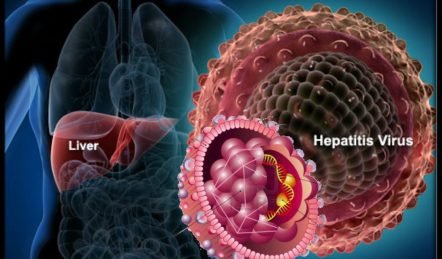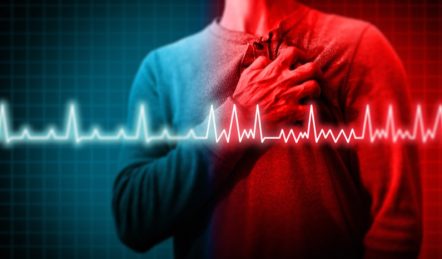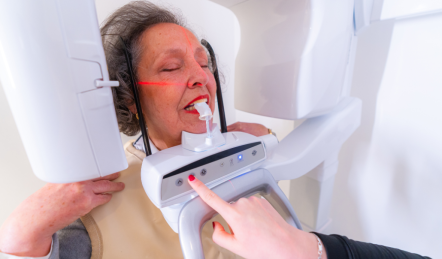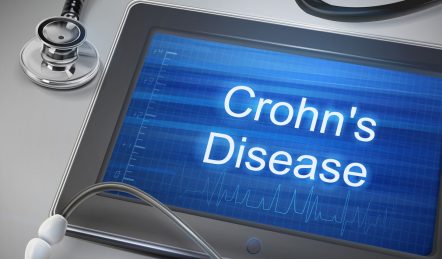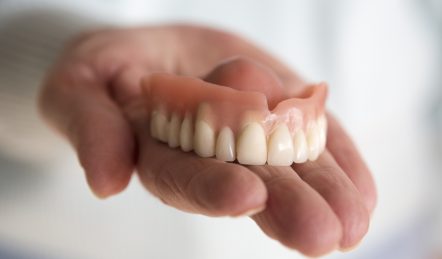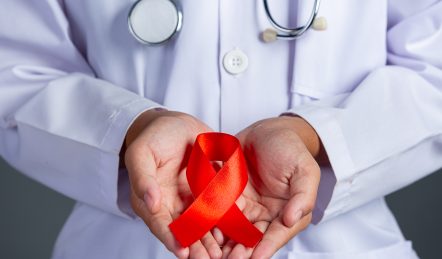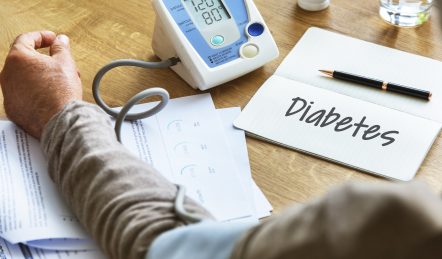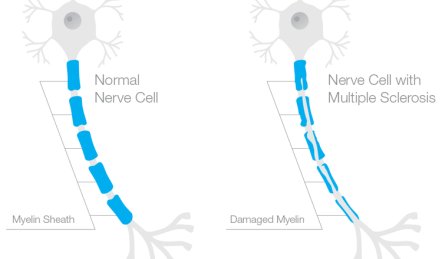Facts About Lung Cancer You Need to Know
Cancer is one scary word. No one wants to have this kind of disease. Some of us think that it has no cure, and it mostly affects older people. Some kids have it but can undergo treatment if it is diagnosed early.
Do you know anyone in the family who has lung cancer? Or at least heard about it from the news or older people talking about it? Well, this article will tell you facts that doctors know about lung cancer and how to detect it.
What is Lung Cancer?
Our body is composed of millions of tiny cells. Think of them as the little working elves in Santa’s factory. Each cell is assigned to do something to keep our body working and well.
Some cells are working to help us breathe, and some are assigned to fight off bacteria that enter our bodies. When these cells get their jobs mixed up, they create new cells that can be dangerous to our health. They can create a tumor.
Tumors are cancer cells that clump up together. Some tumors may not be dangerous, but some can be very harmful to us. Thus there are malignant (cancerous) and benign (non-cancerous) tumors. This formation of bad cells can grow, mutate, and spread to other organs of the body. Tumors that grow in our lungs can cause lung cancer.
According to the reports of the American Cancer Society, lung cancer causes more deaths than colon, breast, and prostate cancer combined in a year. In 2018 alone, 14% of new cancer cases are identified as lung cancer1. Lung cancer is fatal. Detecting the signs of cancer cells early is very important to seek the right kind of treatment.
Let Us Know The Warning Signs of Lung Cancer
Lung cancer usually does not show symptoms unless they have started to spread. Going for a routine annual medical check-up even before the signs start to show is always a good idea as it may lead to an earlier diagnosis. Thus, a more effective treatment. This means that you’ll have a greater chance of winning your battle against cancer. Some of the warning signs of lung cancer may include:
- Chest pains that often get worse when you laugh, cough, and with deep breathing
- Coughing up blood or red-tinged phlegm
- Shortness or difficulty breathing
- Wheezing
- A cough that gets worse or does not go away
- Hoarseness
- Loss of appetite
- Persistent pneumonia, Bronchitis, or other respiratory infection
- Feeling weak or tired all the time
Like other forms of cancer, lung cancer can also spread to other organs of the body. As the disease progresses, it can cause some symptoms to evolve. Advance symptoms of lung cancer are:
- Unintended weight loss
- Bone pain in the hips, shoulders, and back
- Lumps that can be found in other areas of the body
- Jaundice
- Seizures and poor balance
How Is Lung Cancer Diagnosed
Did you know that x-rays can also detect cancer? Unlike other medical diseases, lung cancer is not diagnosed through blood tests. Imaging testing such as x-rays or CT scans is initially used to determine cancer growth. Laboratory tests are performed to confirm the presence of cancer cells thereafter.
A biopsy is also required to make the final diagnosis. A biopsy is a cell or a tissue sample that is surgically taken from the site of cancer. For lung cancer, a biopsy is performed by feeding a camera through the airways of the lungs. It can also be done by inserting a needle through the skin directly into the lung tumor.
A biopsy is important for doctors to know if the tumor is cancerous or not. And to determine what type of lung cancer the patient has. Here are examples of the different types of imaging tests that are used to diagnose lung cancer:
Chest X-ray
This diagnostic procedure is used to produce images of the airways and heart. It can detect large tumors and unusual masses in the lungs. X-rays are also done to determine if the cancer treatment is working or not, for monitoring purposes.
CT Scans
This imaging test is somewhat the same as an x-ray. The patient is being placed in a tunnel-like machine to take cross-sectional images of the organs. Compared with X-rays, the images are more detailed. It can also detect tumors and enlarged lymph nodes.
Low-Dose CT scan
According to research, it is more effective in screening high-risk patients. It is also known as a low-dose spiral or a helical CT scan. It can detect the early stages of tumors in the lungs that can be too small to be detected by a traditional x-ray test. The smaller the tumor being detected means that the cancer has not spread yet. This can also mean that you have a higher chance of survival.
MRI Scan
This type of test produces images to help doctors determine the location of the tumor. It uses magnets and radio waves to see if lung cancer has already spread through the spinal cord and the brain.
PET Scan
Short for Positron Emission Tomography. This imaging test uses a radioactive sugar called a Tracer to detect the stage of the cancer tumor in the lungs. Cancer cells grow faster compared to ordinary cells. They can absorb more sugar and show up more prominently during a PET scan2.
Bone Scan
Using a bone scan to see if cancer has already spread through the bones. It also uses a low dose of radioactive sugar to see areas of the bones that are being damaged by the cancer cells. It helps the doctors see if the cancer cells have spread in the bones.
Bronchoscopy
A procedure where the doctors place a small camera past the narrow tube of the airways. This procedure is done to take samples for biopsy. The flexible camera is also used to check for the presence of tumors and blockages in the lungs.
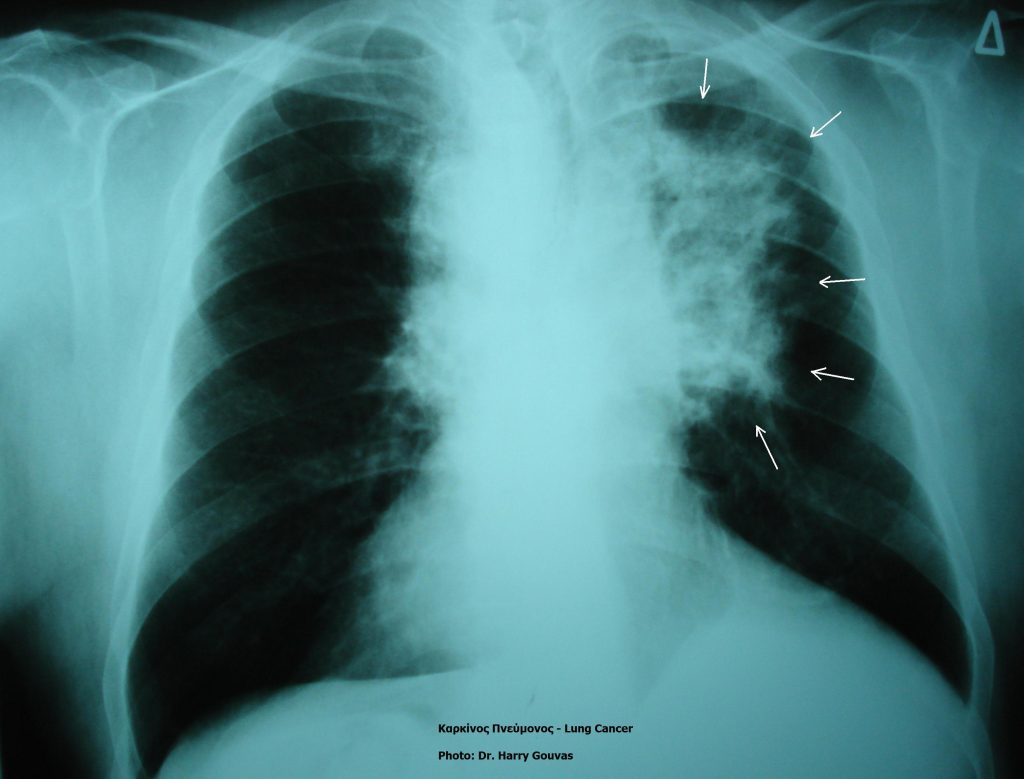
Treatment for Lung Cancer
Contrary to what others think, cancer could be treated and cured if diagnosed early. With the medical advancements and research made, new treatments helped raise the survival rate for lung cancer patients. There are many lung cancer survivors who now live a healthy and normal life.
Lung cancer is one of the most challenging types of cancer to treat. Your doctor must know all the important data as to what kind of tumor you have, your current health status, medical history, and how far the cancer cells have spread to design a proper treatment and therapy.
Common kind of treatment includes
Surgery: Treating lung cancer through surgery can be complex. Doctors have to perform a pulmonary functioning test to make sure that you’ll have a healthy lung after an operation. During the surgery, that doctor may or may not need to remove a part of your lungs to remove the tumor and stop the spread of cancer.
Radiofrequency Ablation: This procedure is less invasive and does not need surgery. It is done if the tumors are located at the outer edges of the lungs. It uses high-energy waves to heat the tumor to shrink and destroy cancer cells.
Radiation Therapy: If surgery is not an option, doctors may suggest radiation therapy. It uses external beam radiation to also shrink tumors into manageable sizes.
Chemotherapy: It is one of the most common treatments for all forms of cancer. It is when Cancer doctors give special kinds of drug combinations to the patient that is administered intravenously or orally.
Final Thoughts
As you see, there’s more to lung cancer than meets the eye. Having a lump is not the only sign that a person may have lung cancer. There are more tell-tale signs that we all should watch out for if lung cancer is present.
The bottom line is: awareness of the early signs of lung cancer is detrimental, early detection is the key to full recovery, and of course stop smoking, if you are a smoker! We all know that the major cause of lung cancer is smoking, so don’t even think about lighting up that cigarette once again!
References:
1 Cancer Org / Key Statistics for Lung Cancer
2 Cancer Research UK / PET-CT scan for lung cancer



